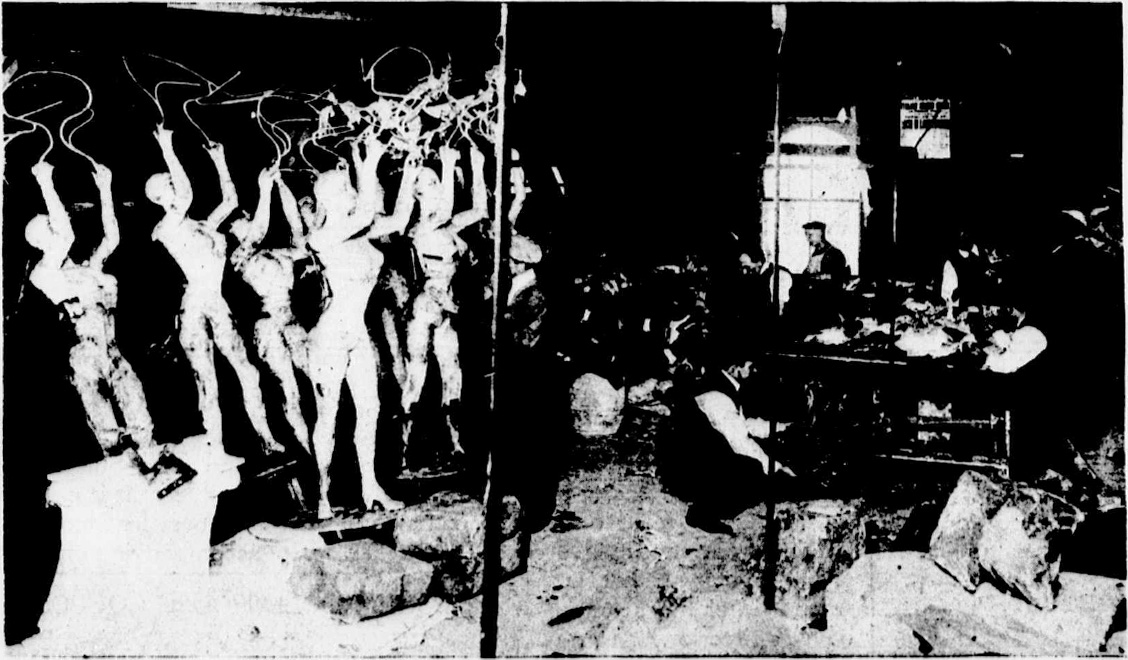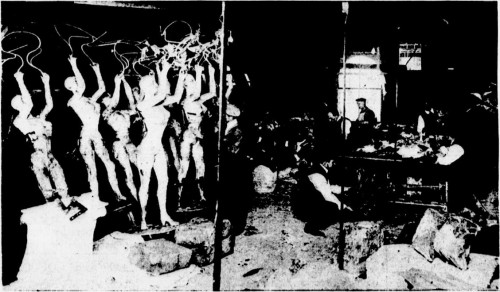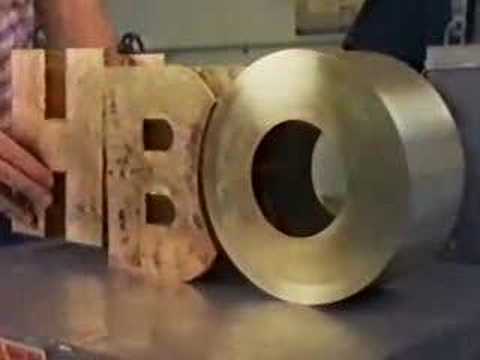“Kill Phil” continues to be an interesting and informative little series over on the YouTube. The premise is simple; take a well-known prop maker and give them 3 days to recreate a prop from a film. In one of the latest episodes, they turn to Dragon Dronet of Renegade Effects, one of the top prop makers of Star Trek: The Next Generation and other sci-fi shows and movies from the 1990s onward. They task him with recreating Matt Damon’s gun from the film Elysium, which hadn’t come out yet when this was filmed.
He slams together this prop by hacking apart several toy guns and a vacuum cleaner, than refining all the details with pieces of styrene, jelutong wood and Bondo. It is also interesting to see that he works with little more than a band saw, belt and disc sander, Dremel and a drill gun.
On an unfortunate note, he does all this without any protective gear. You see him using Bondo and Zip Kicker without a respirator, sanding and cutting without a dust mask, and applying Bondo without gloves (even using his hands to smear it on!). With that in mind, watch the video for the techniques, but don’t forget about the safety.




